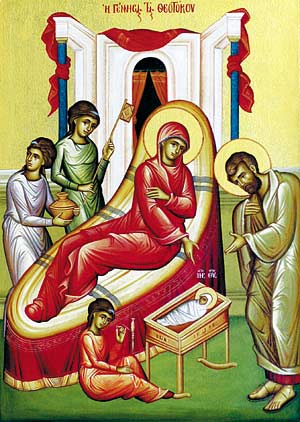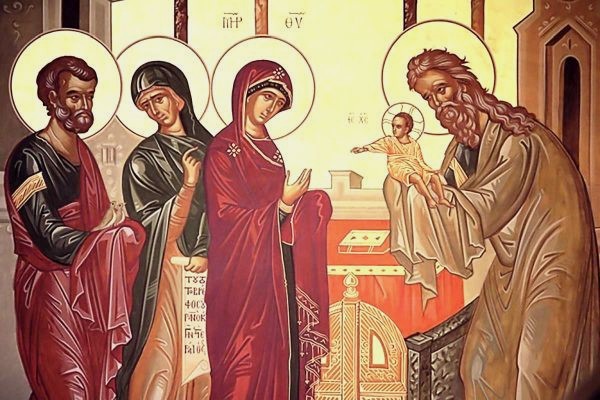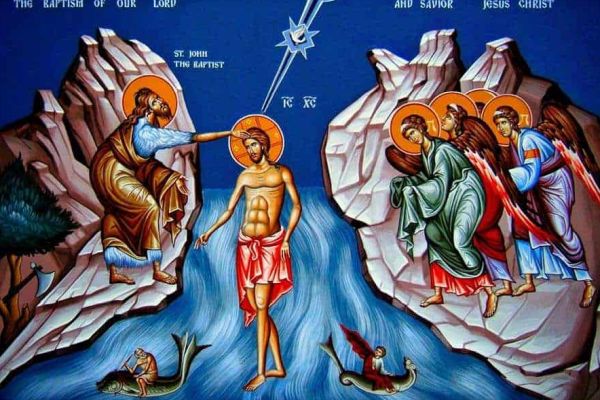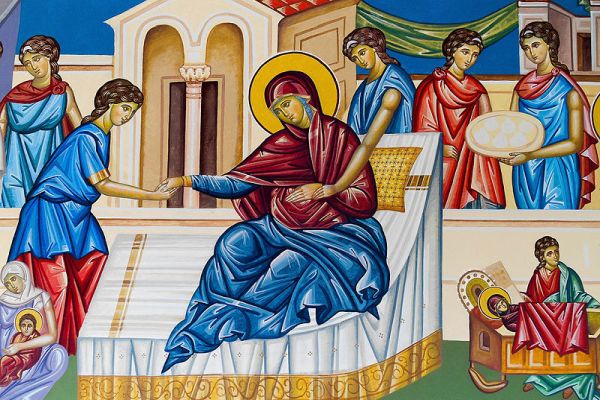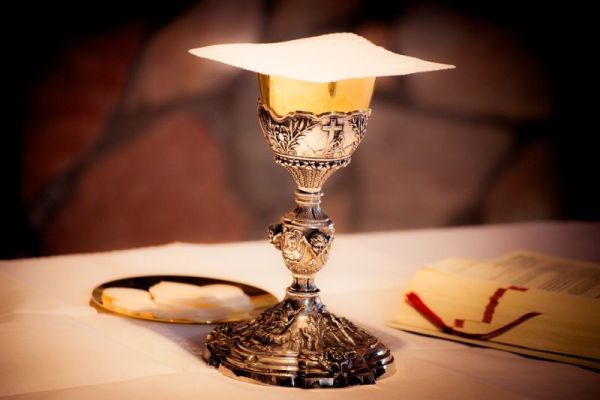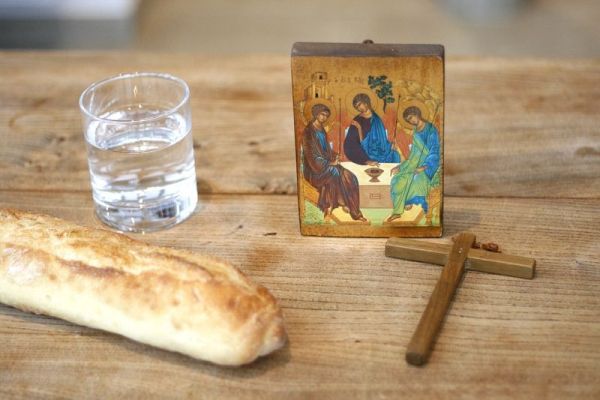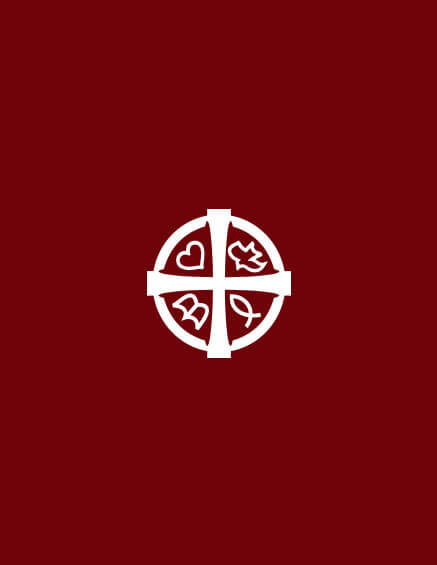The Feast of the Nativity of the Theotokos
“The day of the Nativity of the Theotokos is the feast of joy for the whole world, because through the Theotokos the entire human race was renewed and the grief of the first mother Eve was changed into joy”. (The 7th century Church father – John of Damascus)
The Nativity of the Theotokos is one of the 12 Great feasts of the Church and celebrated on 8th of September1 to celebrate the birth of St. Mary, the mother of our Lord Jesus Christ.
According to this tradition2, Mary’s parents3, Joachim and Anna were a devout and elderly Jewish couple who prayed for many years for a child. God heard their prayers and an angel of God appeared to them, and told them that they would have a child whose name would be known throughout the world. Anna then promised to offer her child as a gift to the Lord and in due time Anna bore a daughter named Mary4, who was destined by God’s favor to become the Mother of the Son of God, the Lord Jesus Christ.
The Icon of the Nativity of the Theotokos
The central figures are Mary’s parents, St. Joachim and St. Anna, who are seen gazing at their infant child. St. Anna is surrounded by attendants who have assisted with the birth. The icon of the Nativity of the Theotokos display the birth of St. Mary in a normal way. In other words, the icon portrays that St. Mary, who was chosen by God to be the Theotokos, was born as a normal human being5, just like the rest of us.
Significance of the event of the Nativity of St. Mary
One: It signifies the visible beginning of the unfolding of God’s salvation plan for humanity. For the Incarnation to happen, there had to be one born of human flesh and blood who would be spiritually capable of being the Theotokos (Mother of God). That one was Mary.
Two: It reminds us of the ‘great example’ for us to follow – Mother Mary. She was chosen among all generations for the fulfillment of the divine plan of God to bring forth the Messiah. It is because of her that we have our Savior Christ the Lord. She was an exemplary humble and obedient person who said ‘Yes’ to God, and hence is a model for every orthodox Christian to follow.
Three: It points us back to Christ. As with all metaphors that pertain to the Theotokos (gate, ladder, temple), her Nativity also points us to her Son the Lord Jesus Christ. The feast reminds us that we, like the Theotokos, are also called to be the temples of the living God.
So the Church celebrates her by remembering her birth into the world.
Scripture passages to be read during the liturgical services of the Feast
During the liturgical services on the Feast, the main passages from Scripture that are selected focus on the Old Testament metaphors for St. Mary.
• The Gospel reading is from Luke 1:39-49, 56. It includes the Theotokos’ saying:
“My soul magnifies the Lord and my spirit rejoices in God my Saviour, for He has regarded the low estate of His handmaiden, for behold, henceforth all generations will call me blessed.” (St Luke 1:46)
• The epistle reading is from Philippians 2:5-11, and speaks of Mary’s divine Son the Lord Jesus Christ
“who, being in the form of God, did not consider it robbery to be equal with God, but made Himself of no reputation, taking the form of a bondservant, and coming in the likeness of men.” (Acts 2:1)
• Genesis 28:10-17 is the account of Jacob’s Ladder which unites heaven and earth. This points to the union of God with men which is realized most fully and perfectly in Mary the bearer of God.
• Ezekiel 43:27-44:4 describes the vision of the temple with the door to the East perpetually closed and filled with the glory of the Lord. This again symbolizes St. Mary and her perpetual virginity.
1This feast is celebrated on September 8 because In the 4th century, St. Helena, the mother of Emperor Constantine, built a church in Jerusalem, which was dedicated to the Nativity of the Theotokos on 8th of September
2Though the details of the birth and early life of the Virgin Mary are not recorded in the Holy Scriptures, this information was passed on to us from a 2nd century document known as the Gospel of James or Protoevangelion.
3Tradition also tells us that Joachim was of the lineage of David, and Anna of the lineage of Aaron. Thus, Mary was of royal birth by her father and of priestly birth by her mother. In this, St. Mary foreshadowed Christ who would be born of her as King and High Priest.
4According to the Protoevangelion, Mary was raised in Joachim’s hometown Nazareth until she was three years old, after which she was taken to be brought up in the Temple in Jerusalem. When she reached adulthood, she was selected to be the wife of a widower named Joseph who already had children. It was after their betrothal that she heard the Annunciation of the Archangel Gabriel concerning the birth of the Son of God from her most-pure virgin body.
5This is significant because, unlike the Roman Catholic Church, the Orthodox Church believes that St. Mary was just like all human beings, an inheritor of original sin. She was conceived in the normal way of humanity, and thus needed salvation like all mankind. But she was saved by God who chose and sanctified her to be the human vessel through which His Holy Son would be born into the world. That is why she is called even by the angels as the ‘highly favored one’.
